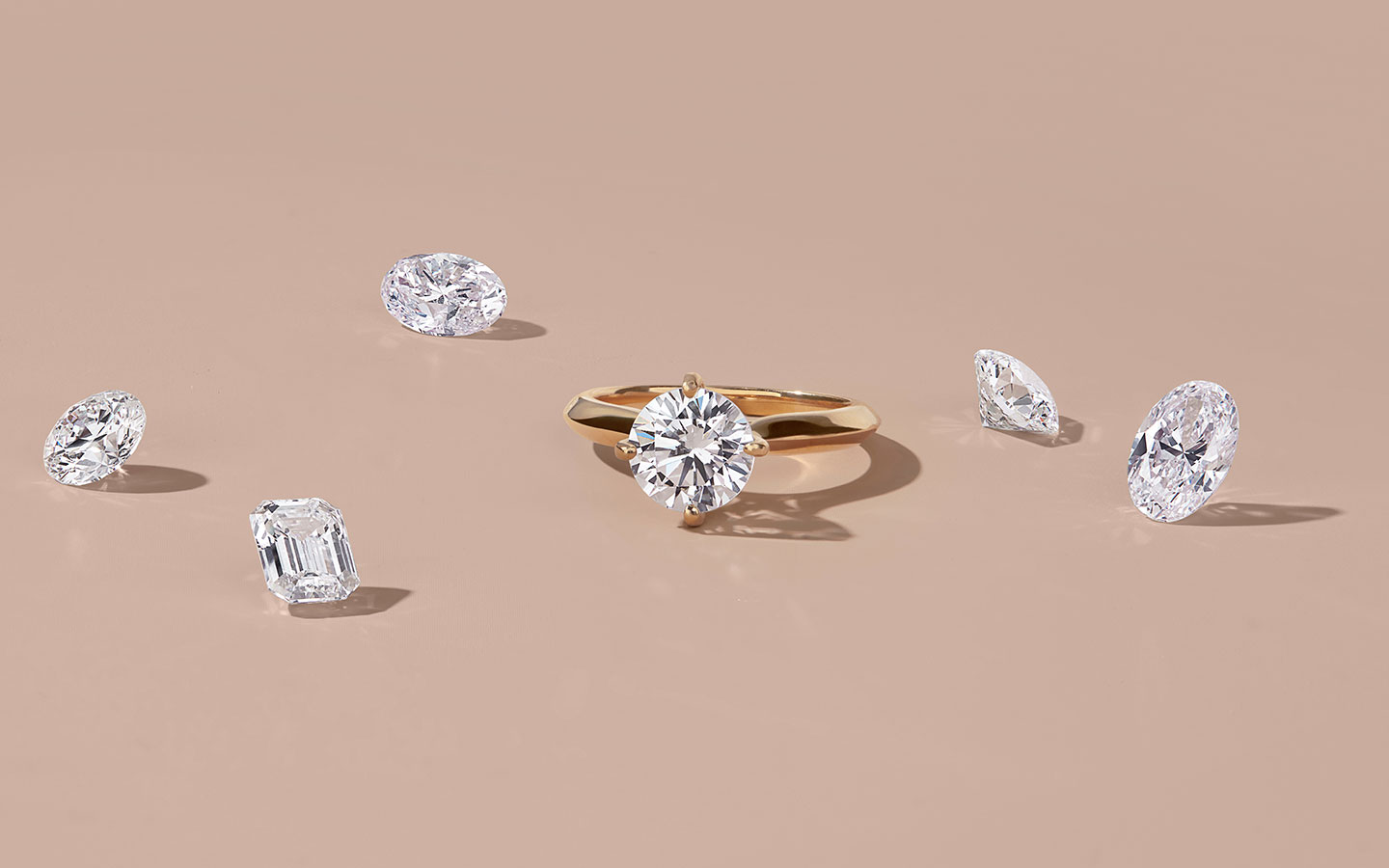
When it comes to purchasing lab-grown diamonds, the decision can be overwhelming with so many certifications and grading systems available. Two of the most well-known and trusted organizations in the industry are igi vs gia lab grown (Gemological Institute of America). Both offer certification for lab-grown diamonds, but their grading systems and processes differ in some significant ways. In this article, we will explore the differences between IGI and GIA when it comes to lab-grown diamonds and help you make an informed decision.
Table of Contents
What Are Lab-Grown Diamonds?
Lab-grown diamonds, also known as synthetic or man-made diamonds, are created in a controlled laboratory environment that mimics the natural conditions under which diamonds form in the Earth. Unlike natural diamonds, which are mined from the Earth’s crust, lab-grown diamonds are created using advanced technological methods, such as High Pressure High Temperature (HPHT) or Chemical Vapor Deposition (CVD). These diamonds are chemically, physically, and optically identical to natural diamonds, making them an ethical and sustainable alternative to traditional diamonds. Whether you’re considering an engagement ring or another piece of jewelry, understanding the certification of your lab-grown diamond is crucial.
IGI vs GIA: Which Lab-Grown Diamond Certification is Better?
Both IGI and GIA are respected gemological laboratories, but their approaches to grading lab-grown diamonds can vary. IGI is known for its expertise in lab-grown diamonds and has been at the forefront of certifying synthetic stones. However, GIA is often considered the gold standard in diamond grading and is widely recognized for its thorough and consistent evaluation process. When it comes to lab-grown diamonds, GIA has more recently begun certifying them, and its grading standards reflect the same thoroughness as its traditional diamond certification process.
Certification Process: How IGI and GIA Grade Lab-Grown Diamonds
The certification process for both IGI and GIA involves a detailed analysis of the diamond’s four Cs: cut, color, clarity, and carat weight. Both organizations use highly advanced equipment to evaluate diamonds and produce comprehensive certificates. However, the grading methods and terminology used by IGI and GIA may differ slightly. For example, while both labs use the same basic grading system for color and clarity, IGI may grade a diamond with slightly more leniency compared to GIA. This can result in slight variations in the final grade for similar diamonds.
The process of grading lab-grown diamonds is essentially the same as grading natural diamonds. Both IGI and GIA examine the diamond under magnification, assessing various factors such as symmetry, polish, and proportions. They also analyze the presence of inclusions or other internal characteristics that affect the diamond’s overall quality. The most significant difference, however, is that both IGI and GIA clearly state on the certificates whether a diamond is lab-grown or natural, ensuring transparency and helping consumers make an informed choice.
Why Choose IGI Certified Lab-Grown Diamonds?
IGI has been certifying lab grown diamonds for several years, and it is known for its specialization in synthetic diamonds. The organization provides detailed certificates that clearly indicate the quality of the diamond, as well as the method used to create it. IGI’s grading system for lab-grown diamonds includes the same thorough evaluation as natural diamonds, but their approach is generally regarded as more lenient when it comes to certain factors such as color grading. This can be beneficial for consumers who are looking for a more affordable option without compromising on quality.
Another advantage of IGI certified lab-grown diamonds is that the organization has a global presence and is widely recognized, especially in markets outside the United States. If you’re looking for a lab-grown diamond with a certification that is internationally accepted, IGI is an excellent choice. IGI’s extensive experience in grading synthetic diamonds also means they have a better understanding of the nuances of lab-grown stones.
Why Choose GIA Certified Lab-Grown Diamonds?
On the other hand, GIA is often considered the most prestigious certification for diamonds, whether they are lab-grown or natural. The GIA’s rigorous grading standards and reputation for accuracy and consistency make it a top choice for many consumers. A GIA certificate assures that your lab-grown diamond has been assessed using the same careful, time-tested methods that have been trusted for decades. The GIA’s detailed reports also provide specific information on the diamond’s cut, color, clarity, and carat weight, allowing you to make a fully informed purchasing decision.
The GIA is often the preferred choice for those who want the highest level of transparency and accuracy in their diamond grading. If you’re purchasing a high-value lab-grown diamond or want to ensure that you are getting a diamond that meets the highest standards of quality, a GIA certification is a reliable choice. The GIA’s reputation in the diamond industry ensures that their lab-grown diamond grading is trusted and respected by both jewelers and consumers alike.
Conclusion: Making the Right Choice Between IGI and GIA
In conclusion, both IGI and GIA offer reliable and trusted certifications for lab-grown diamonds. Your choice between the two will depend on your personal preferences, budget, and the level of detail you desire in your diamond’s certification. IGI may be a better option for those seeking a more affordable or internationally recognized certification, while GIA is often the best choice for those who prioritize the highest level of accuracy and transparency in grading. Both organizations provide valuable information that can help guide your decision and ensure that you purchase a high-quality lab-grown diamond that fits your needs. Ultimately, both IGI and GIA lab-grown diamonds are excellent options, so you can’t go wrong with either choice.
